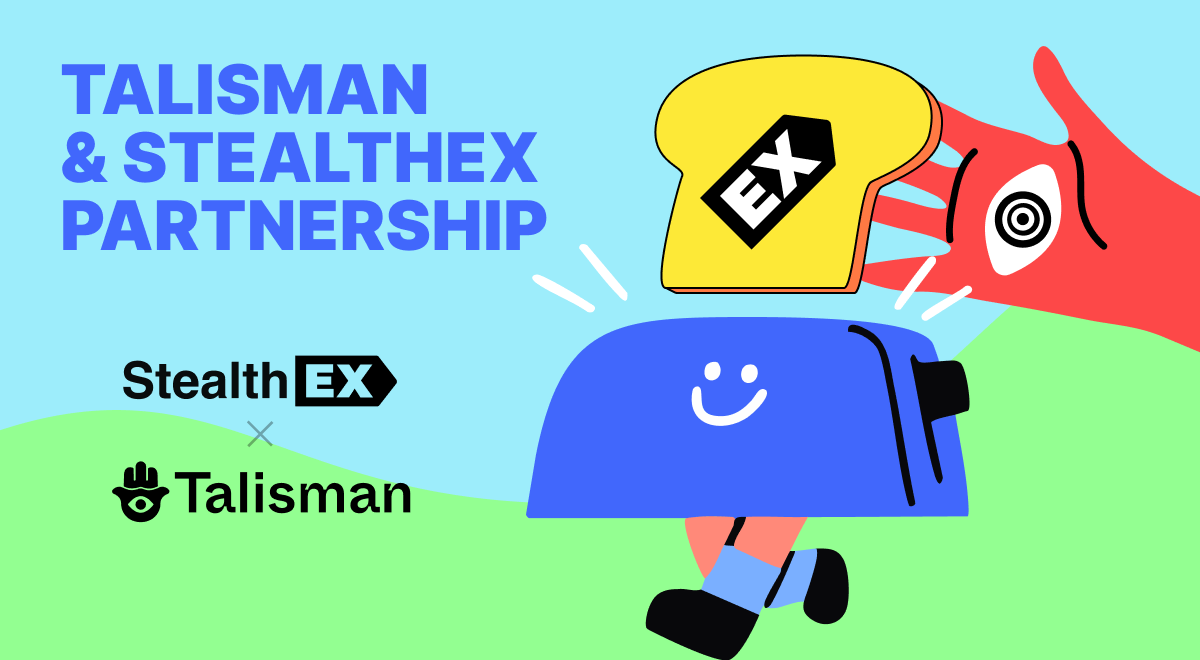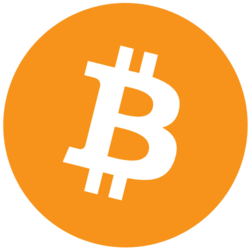Coin Launch Space is here to give you clear, accurate, and trustworthy information about crypto. Our team is made up of experts with real experience in crypto, finance, and new tech. Every article and page we publish is carefully reviewed by skilled editors to make sure it’s up to our high standards. We take pride in offering honest, easy-to-understand reviews based on real knowledge. Check out our editorial policy and see how we test and review crypto assets.
So, you’re thinking about getting into cryptocurrency, but the idea of handing over your driver’s license or passport to some exchange feels off. Maybe you’re all about privacy, or perhaps you just don’t have the right ID handy. Whatever the reason, you’re not alone—plenty of folks want to buy crypto without jumping through identity verification hoops. In 2025, over 580 million people globally own some kind of digital currency, according to estimates from Crypto.com, and a chunk of them prefer keeping things low-key. The good news? It’s still possible to buy crypto like Bitcoin or Ethereum without ID, even as regulations tighten. This guide’s here to walk you through the how-to, from cash deals to sneaky online tricks, all updated for the current landscape.
Why Go ID-Free?
Let’s be real—crypto started as a rebellion against centralized control, a way to move money without Big Brother watching. That vibe still resonates. Some people dodge ID checks to shield their financial moves from prying eyes, whether it’s governments, hackers, or even nosy family members. Others might not have access to official IDs—think folks under 18 or those in places where bureaucracy’s a nightmare. Then there’s the speed factor: skipping Know Your Customer (KYC) steps means you’re in the game faster. But fair warning—it often costs more, and you’ve got to be extra careful about scams.
Method 1: Bitcoin ATMs—Cash Meets Crypto
One of the easiest ways to grab crypto without flashing an ID is through a Bitcoin ATM. These machines are popping up everywhere—over 40,000 worldwide in 2025, per Coin ATM Radar. They’re like regular ATMs, but instead of spitting out cash, they send Bitcoin or other coins to your wallet when you feed them dollars.
How It Works
First, find a machine near you using a site like Coin ATM Radar. Not all ATMs skip ID—some cap anonymous buys at $900 or less, while others don’t care as long as you’re not moving millions. Bring cash, pick your crypto (Bitcoin’s the usual suspect, but some offer Ethereum or Litecoin), and scan your wallet’s QR code. No wallet? Most machines print a paper one with a private key. Pop in your bills, confirm, and the coins hit your address in minutes. Fees can sting—5% to 15%—but it’s the price of staying off the grid.
The Trade-Offs
It’s quick and private, no account needed. But those fees add up, and ATMs aren’t everywhere—rural folks might be out of luck. Plus, cash means physically getting out there, which isn’t always ideal.
Method 2: Peer-to-Peer (P2P) Platforms
If ATMs aren’t your thing, peer-to-peer platforms let you buy straight from other people. Think of it like a crypto Craigslist—sellers list their coins, you pick one, and deal directly.
Getting Started
Head to a site like Paxful or LocalCoinSwap. You’ll see offers with payment options—cash, gift cards, PayPal, whatever the seller accepts. Filter for “no ID” deals; some sellers don’t bother with KYC for small trades. Create a basic account (often just an email), message the seller, and agree on terms. Send payment—say, cash via mail or a prepaid card—and they release the crypto to your wallet through the platform’s escrow. Paxful’s got over 350 payment methods, per their site, so options abound.
What to Watch For
It’s flexible and can be super private, especially with cash or untraceable prepaid cards. But prices are higher—sellers charge a premium for the anonymity—and scams are a risk. Stick to high-rated sellers and keep chats on-platform for proof if things go sideways.
Method 3: Decentralized Exchanges (DEXs)
For the tech-savvy, decentralized exchanges cut out the middleman entirely. No company, no KYC—just you, your wallet, and the blockchain.
The Process
DEXs like Bisq or Uniswap let you trade crypto without ID, but there’s a catch—you need crypto to start. If you’ve got some Ethereum lying around, connect a wallet like MetaMask to Uniswap, swap ETH for another token, and you’re done—no personal info required. Bisq’s different; it’s a downloadable app that supports fiat-to-crypto trades anonymously. Install it, fund it with cash via a friend or ATM-bought crypto, and trade with others peer-to-peer. No central server means no ID checks.
Pros and Cons
You’re in control, and privacy’s baked in—Bisq doesn’t even know who you are. But DEXs can be tricky for beginners, and liquidity’s spotty compared to big exchanges like Binance. Plus, fiat access is limited unless you’re already in the crypto loop.
Method 4: Prepaid Cards Online
Want to buy online without linking your bank? Prepaid debit cards are your ticket. Load them with cash at a store, and they’re untraceable back to you.
How to Pull It Off
Grab a Visa or Mastercard prepaid card from a grocery store—think $50 or $100 denominations. Hit a platform like Paxful or Bitit that accepts them without ID for small amounts. On Paxful, find a seller taking prepaid cards, pay through their checkout, and get your crypto. Bitit’s similar—buy up to €150 worth daily without verification, per their site. The coins land in your wallet once the payment clears.
The Fine Print
It’s convenient and keeps your name out of it, but limits are low, and fees creep in—sellers and platforms both take a cut. Stock up on multiple cards if you’re going bigger.
Storing Your Crypto Safely
Once you’ve got your coins, don’t leave them lying around. Exchanges get hacked—$2 billion was swiped in 2024 alone, says Chainalysis. Use a software wallet like Electrum for quick access or a hardware one like Ledger for serious holdings. Over 60% of crypto users prefer hardware wallets for long-term storage, per a Statista survey. Back up your private keys somewhere safe—lose them, and your crypto’s gone.
Tips to Stay Sharp
Start small—test with $20 to get the hang of it. Research platforms and sellers hard; check reviews on forums or sites like CoinMarketCap’s community page. Use a VPN or Tor for extra anonymity online—IP tracking’s a thing. And watch the blockchain yourself with explorers like Etherscan to confirm transactions. Privacy’s great, but scams and volatility aren’t—over 10% of P2P trades had fraud flags in 2024, per Chainalysis.
Is It Legal?
In the U.S., buying crypto without ID isn’t illegal outright—it’s a gray area. The IRS wants gains reported, but small cash deals fly under the radar. Bigger moves might catch attention, especially if you dodge taxes. Other countries vary—check local rules, but most don’t ban anonymous buys yet.
Final Thoughts
Buying crypto without ID in 2025 is totally doable, whether you’re hitting an ATM, trading P2P, or swapping on a DEX. Each way has its quirks—higher costs, scam risks, or a learning curve—but they all keep your name out of the system. Pick what fits your vibe, stay cautious, and you’ll be stacking sats in no time. The crypto world’s still got that wild streak—use it wisely.
Disclaimer: The content provided reflects the authors personal opinions and is influenced by current market conditions. Conduct thorough research before making any cryptocurrency investments. The author and the publication are not liable for any financial losses you may incur.























